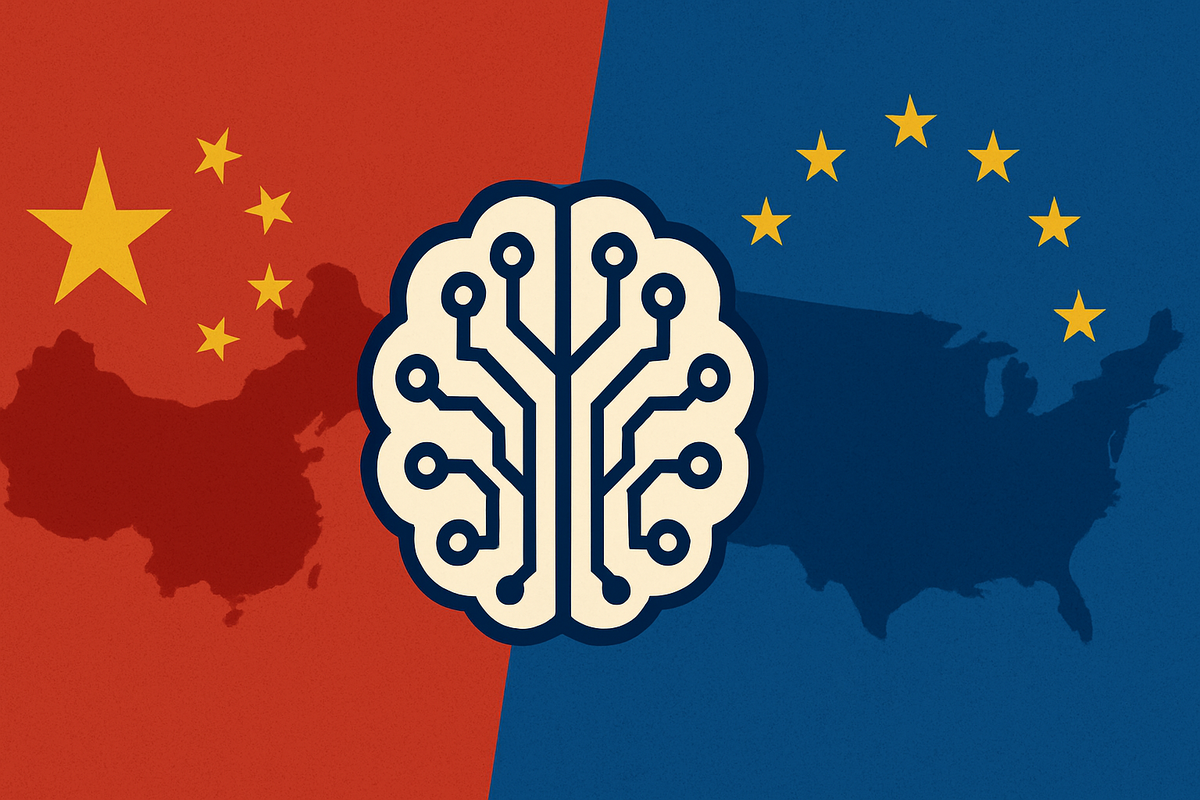Xi’s New Push: A Global AI Rule-Maker
China is pushing for a global AI governance body because it doesn’t want the West to define AI rules alone. Who truly gets to shape the rulebook for humanity’s most powerful technology?

China’s President Xi Jinping is increasing diplomatic pressure for the creation of a global body to govern artificial intelligence, arguing that the technology is advancing faster than existing international rules. The call comes at a time when China’s AI ecosystem is expanding rapidly, particularly in industrial deployment, while Western economies attempt to set the tone for safety, model governance, and risk regulation.
What's Xi Jinping's Stand?
In recent policy speeches and state media commentary, Beijing has emphasised that the world cannot rely solely on Western-led frameworks such as US–EU working groups, frontier model risk alliances, or Big Tech safety coalitions led by American firms.
Chinese officials argue that current standards discussions are dominated by a handful of US companies and regulatory blocs, which, in their view, prevents AI governance from being truly global or multipolar.
A Comparative Analysis
China’s domestic AI priorities differ significantly from those in the United States and Europe. While Washington and Brussels have concentrated heavily on model alignment, safety guardrails, and oversight of frontier development labs such as OpenAI, Anthropic and Google, China has focused on embedding AI directly into manufacturing, logistics, robotics and urban management systems. Analysts say this gives China a different perspective: AI is treated as a national capability and infrastructure layer, not just a tech sector.
“The West is constructing the language of risk, but China believes it should also help design the rules,” said one Asia–Pacific technology policy researcher, commenting on Beijing’s strategic push.
What are the Goals
For Beijing, a global AI governance body could serve multiple goals: it would provide international legitimacy to China’s AI deployment philosophy, while simultaneously preventing Western regulatory coalitions from establishing de facto standards that China must later adopt. It would also position Beijing as a co-author of AI norms rather than a rule-taker in a system dominated by Washington and Brussels.
This is not simply a policy debate; it is an emerging phase of geopolitical competition. Whoever shapes AI governance frameworks will influence export controls, compliance requirements, market access, and risk definitions for years to come.
Final Word
AI governance may become the next major arena in global standard-setting, comparable to WTO rule-writing in the 1990s or nuclear treaty processes in the decades that followed.
As governments continue to negotiate their positions, and as AI capabilities accelerate, the question now is whether the international system moves towards shared governance or towards parallel regulatory spheres shaped independently by rival blocs. Either outcome would signal that global AI governance has formally entered the domain of power politics, not just technology.


